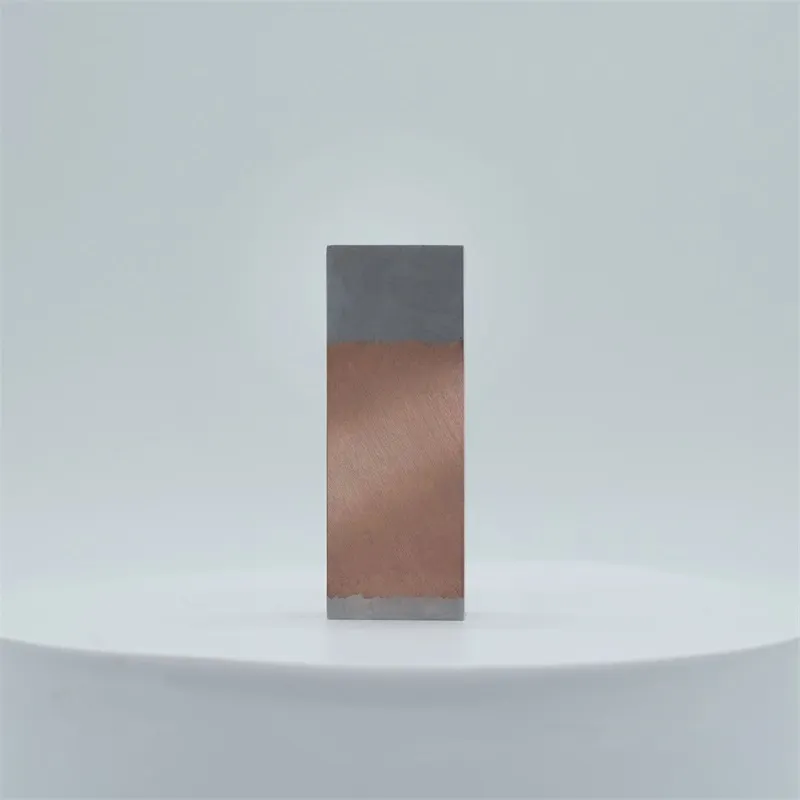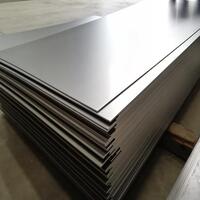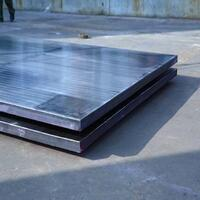1. Introduction
Metal clad technology has evolved far beyond basic construction or electrical wiring. While terms like metal clad wire or metal clad electrical wire are common in residential and commercial settings, the true innovation lies in advanced applications where performance, longevity, and design converge. In modern architecture, engineering, and industrial systems, clad metals—engineered composites of two or more metals bonded together—offer tailored solutions for extreme environments, aesthetic demands, and structural efficiency. This article examines seven niche yet impactful uses of metal clad materials, showcasing their versatility in fields ranging from sustainable building design to high-temperature industrial piping.

2. Corten Steel Facades in Sustainable Urban Architecture
One of the most striking applications of metal clad in contemporary design is the use of corten steel facade systems. Corten steel siding, also known as weathering steel, develops a stable rust-like appearance that eliminates the need for painting while providing exceptional corrosion resistance. Architects favor corten steel plate for its raw, industrial aesthetic and low maintenance, especially in urban developments where material authenticity is prized. The corten siding cost is often justified by its decades-long service life and minimal upkeep. Notably, corten steel facade installations are increasingly integrated with green walls or rainwater harvesting systems, aligning with sustainable building certifications like LEED.
3. Aluminum Clad Pipe Insulation in Industrial Thermal Management

In petrochemical plants, refineries, and district heating systems, aluminum clad pipe insulation plays a critical role in energy efficiency and safety. This metal clad insulation consists of a thermal barrier wrapped in aluminum clad sheet or aluminum clad stainless steel jacketing, which protects against moisture ingress, mechanical damage, and UV degradation. The reflective surface of the aluminum reduces radiant heat loss, while the underlying insulation maintains process temperatures. Aluminum clad steel is particularly valued for its lightweight nature and resistance to oxidation, making it ideal for outdoor or high-humidity environments where traditional cladding might fail.
4. High-Performance Standing Seam Metal Siding in Extreme Climates

Vertical standing seam metal siding—often fabricated from colorbond standing seam or pac clad standing seam roof panels—has become the cladding of choice for buildings in coastal, alpine, or desert regions. These metal clad wall systems offer superior wind uplift resistance, thermal expansion accommodation, and watertight integrity. PAC Clad HWP (High Wind Performance) variants, along with pac clad coping and pac clad column covers, are engineered to meet stringent building codes in hurricane-prone zones. When combined with materials like zinc metal siding or copper siding, these systems also provide long-term patina development that enhances visual appeal without compromising structural performance.
5. Aerospace and Defense: Titanium Clad and Alloy Clad Composites
In aerospace engineering, clad metal meaning extends to high-strength, lightweight composites such as titanium clad steel or 7075 T6 clad aluminum alloys. These clad metals combine the corrosion resistance of one metal with the structural strength of another—e.g., stainless clad aluminum or aluminum clad stainless steel—enabling weight savings without sacrificing durability. Applications include jet engine housings, missile casings, and satellite components where thermal stability and resistance to extreme stress are non-negotiable. Alloy clad systems like 2024 T3 clad or copper nickel clad are also used in marine defense applications for their resistance to saltwater corrosion.
6. Architectural Detailing with Zinc and Copper Cladding
Beyond primary facades, metal clad technology enables intricate architectural features. A zinc clad dormer or zinc clad roof offers a sleek, modern silhouette with self-healing properties due to zinc’s natural oxide layer. Similarly, copper siding develops a distinctive green patina over time, often used in heritage-sensitive renovations or luxury residences. These materials are frequently fabricated using precision metal sheet cutting techniques to create custom profiles, including corrugated steel facade elements or standing seam facade panels. The result is a metal clad house that balances artistry with resilience.
7. Structural and Decorative Uses of Specialty Metal Plates
The foundation of many metal clad applications lies in engineered metal plates. From 316 stainless steel plate used in chemical processing to diamond plate steel for anti-slip flooring, these substrates enable diverse cladding solutions. Boiler plate steel, mild steel plate, and carbon steel plate serve as bases for chromium electroplating or electroless nickel coatings, enhancing surface hardness and corrosion resistance. In architectural contexts, stainless steel checker plate or aluminum diamond tread plate may be used for stair treads or elevator cladding, marrying safety with design. Even niche items like brass plates for engraving or bronze plate price-per-kg considerations reflect the breadth of clad metal meaning in specialized fabrication.
8. Conclusion
Metal clad is far more than a construction material—it is a multidisciplinary engineering solution. Whether in the form of a corten steel siding installation, aluminum clad pipe insulation, or a titanium clad aerospace component, clad metals deliver performance where conventional materials fall short. As sustainability, durability, and design innovation drive modern infrastructure, the strategic use of metal clad wall systems, clad steel composites, and advanced metal plate technologies will continue to shape the future of architecture and industry.
Our Website founded on October 17, 2012, is a high-tech enterprise committed to the research and development, production, processing, sales and technical services of ceramic relative materials such as 7. Our products includes but not limited to Boron Carbide Ceramic Products, Boron Nitride Ceramic Products, Silicon Carbide Ceramic Products, Silicon Nitride Ceramic Products, Zirconium Dioxide Ceramic Products, etc. If you are interested, please feel free to contact us.
